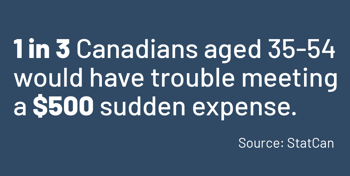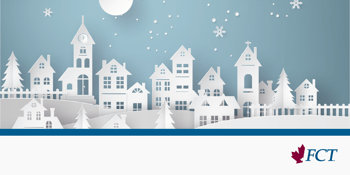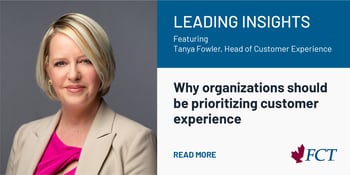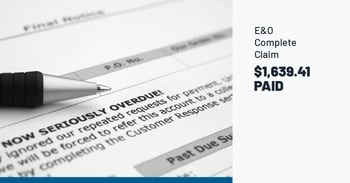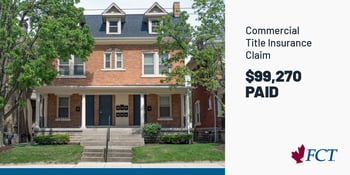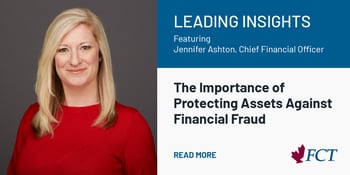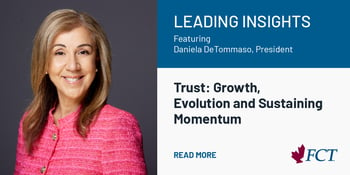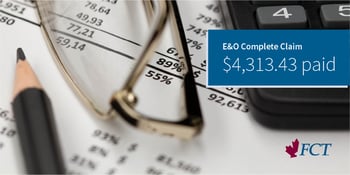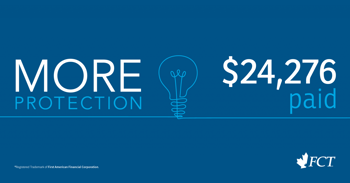
Whether you’re looking for more cash flow, want to lock in a good interest rate or just change the terms of your loan, you may be considering refinancing your home. One thing to keep in mind is that unless you’re already at the end of your loan term, there will likely be additional costs involved in the process. Before you move forward, make sure you’ve done all the calculations to check if the penalties and fees make the refinance worthwhile.
Once you’ve decided that refinancing is the best choice for you, it’s time to sit down with your mortgage broker or financial institution and go over your options. To prepare for your meeting, it’s important for you to understand the following terms and how they will affect you*:
1. Amortization period: This is the number of years it will take to pay off your new mortgage. While amortization periods can go up to 35 years, you should remember that even though your monthly payments are lower with a longer period, you’re paying more interest in the long run. It’s important to pay attention to this because if the Bank of Canada increases their rate, your lender may increase your amortization period in order to accommodate it. Amortization period is often confused with the term of your loan, which is the period in which you commit to the interest rate and other conditions related to your mortgage with a specific lender – usually for about 5 years.
2. Debt-to-income ratio: To determine what products and services you may qualify for, a lender will check your debt-to-income ratio. This figure calculates your monthly expenses versus your monthly income and the resulting percentage is your ratio. It tells the lender how much more debt you can afford to take on. If you have a low debt-to-income ratio, you’re less of a risk to the lender.
3. Loan-to-value (LTV) ratio: This percentage refers to the amount of the mortgage divided by the value of the home. The maximum LTV ratio that lenders require to qualify for a mortgage/refinance is usually 80%. It determines whether you or your lender will need extra protection like mortgage insurance.
4. Portability: If you’re planning to move before your mortgage is fully paid off or you’re just not sure how much longer you’ll be staying, look out for the portability feature of your mortgage. It allows you to move your mortgage with the same interest rate and conditions to a new property with no penalty.
5. Prepayment penalties: With any mortgage, you will likely face a penalty if you pay it off before the term is up. It varies between lenders and depends on whether you have a fixed or variable rate. For instance, the penalty may be 3 months interest on a variable rate term but might be higher for a fixed term. It’s important to find out the prepayment penalties before choosing a lender as some may have stricter rules and higher costs that make it harder to pay off.
Refinancing your home is not as simple as finding the best interest rate. The lowest rate doesn’t necessarily mean that you’re getting the best product. It’s important to evaluate all the other conditions that come with your new mortgage carefully before making a decision.
If you have questions about refinancing, you can always talk to your mortgage broker or lender.
*This is meant to provide a general overview only. Speak to your lending professional for more information.





























